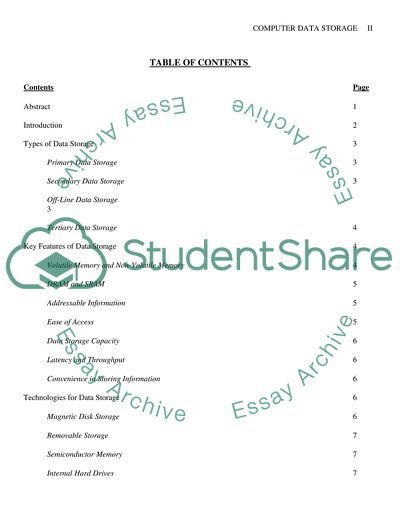Cite this document
(Computer Data Storage Research Paper Example | Topics and Well Written Essays - 2500 words, n.d.)
Computer Data Storage Research Paper Example | Topics and Well Written Essays - 2500 words. Retrieved from https://studentshare.org/information-technology/1741832-data-storage
Computer Data Storage Research Paper Example | Topics and Well Written Essays - 2500 words. Retrieved from https://studentshare.org/information-technology/1741832-data-storage
(Computer Data Storage Research Paper Example | Topics and Well Written Essays - 2500 Words)
Computer Data Storage Research Paper Example | Topics and Well Written Essays - 2500 Words. https://studentshare.org/information-technology/1741832-data-storage.
Computer Data Storage Research Paper Example | Topics and Well Written Essays - 2500 Words. https://studentshare.org/information-technology/1741832-data-storage.
“Computer Data Storage Research Paper Example | Topics and Well Written Essays - 2500 Words”, n.d. https://studentshare.org/information-technology/1741832-data-storage.


